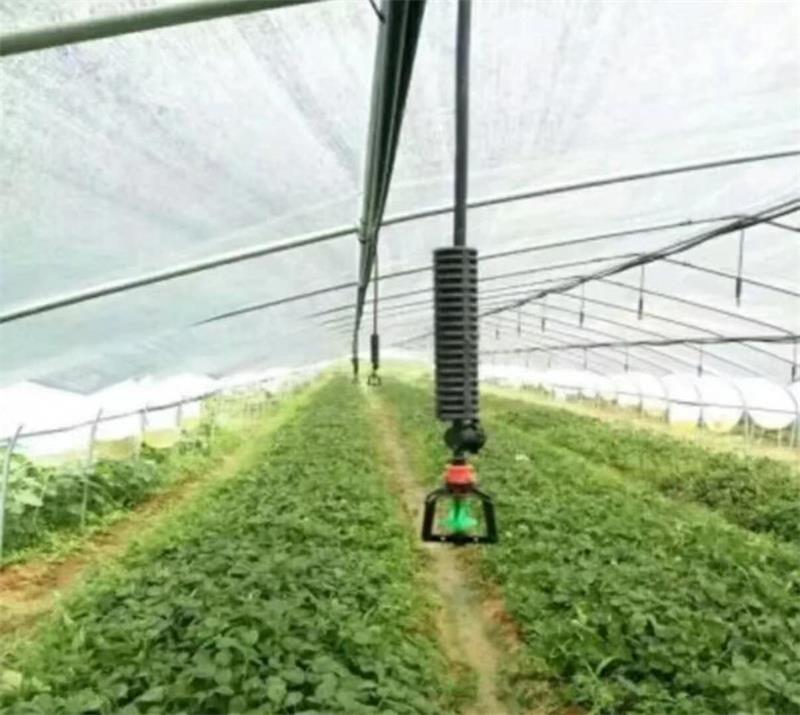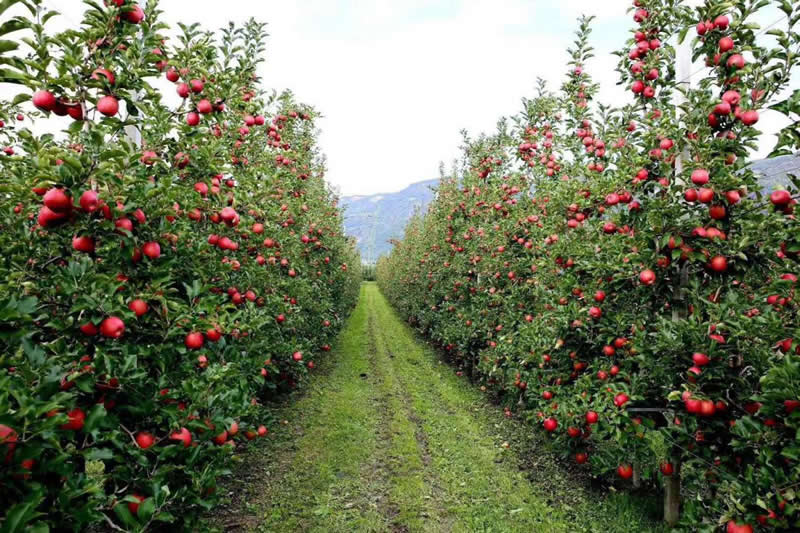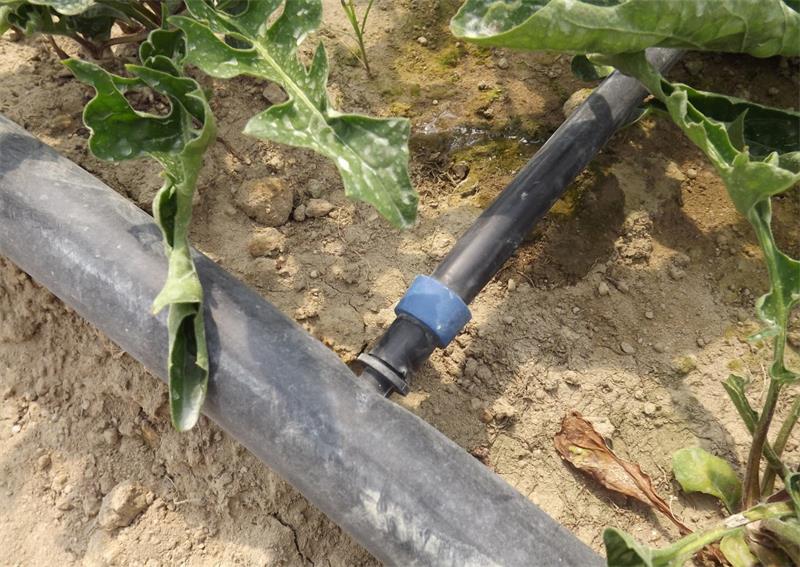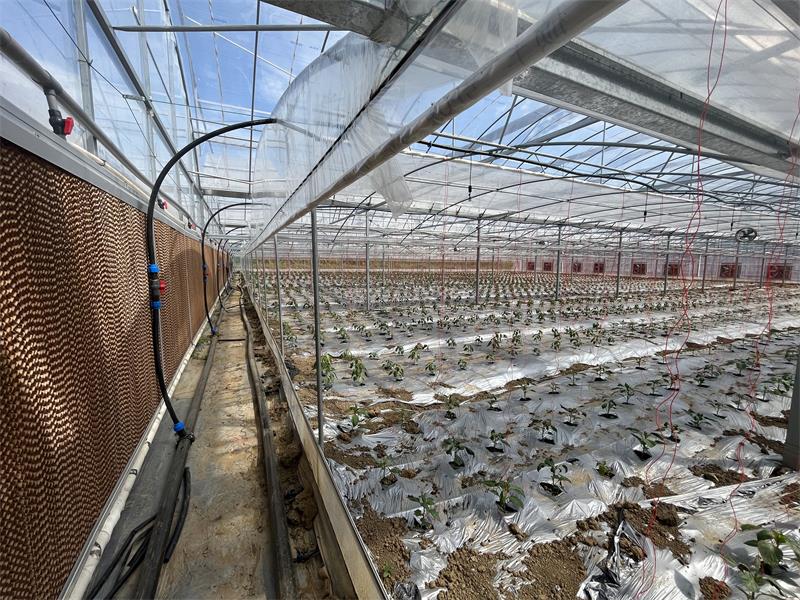Micro-sprinkler irrigation is a common water-saving irrigation method used for cultivating flowers. In this system, water is applied through various types of micro-sprinklers and sprinkler tapes, which distribute water in a fine spray or mist over the plants.
For outdoor flower cultivation, micro-sprinkler systems typically involve laying sprinkler tapes on the soil surface or installing micro-sprinklers on stakes. In controlled environment horticulture, such as greenhouses, micro-sprinklers are often suspended from the structure’s framework to avoid interference with the irrigation of other crops.
The two most common types of micro-sprinklers in these systems are rotary micro-sprinklers and scatter micro-sprinklers. Generally, rotary micro-sprinklers are used for supplementary irrigation, providing additional water where needed. Scatter micro-sprinklers can be further classified into refractive micro-sprinklers and centrifugal micro-sprinklers. Refractive micro-sprinklers serve dual purposes: irrigation and humidity control, while centrifugal micro-sprinklers are commonly used for misting irrigation in soilless cultivation and also help with humidification and cooling.
To create an optimal microclimate for flower cultivation, it’s recommended to combine drip irrigation with micro-sprinkler systems. Drip irrigation should be the primary method, with the micro-sprinkler system providing supplementary irrigation and aiding in humidity control and cooling.
When using a micro-sprinkler system, several important considerations must be kept in mind:
- Anti-Drip Devices: When micro-sprinklers are installed in an inverted position, anti-drip devices must be used. These devices prevent water from dripping from the sprinklers after the system is turned off, which could damage the flowers.
- Pressure Regulation: If both micro-sprinkler and drip irrigation systems share the same water source, it’s crucial to install a pressure reduction device in the drip irrigation system or a local pressurization device in the micro-sprinkler system. This ensures that the drip system does not over-pressurize and burst, and that the micro-sprinkler system functions correctly.
- Regular Cleaning: Micro-sprinkler systems require regular maintenance to prevent clogging. It’s recommended to clean the system after each irrigation session, and the filter elements should not be removed and left unused.
By adhering to these guidelines, growers can ensure the efficient operation of micro-sprinkler systems, promoting healthy flower growth and optimizing water use.




